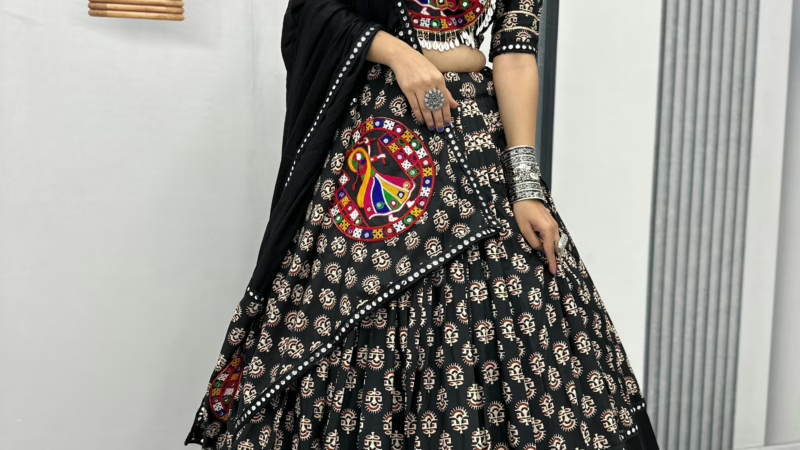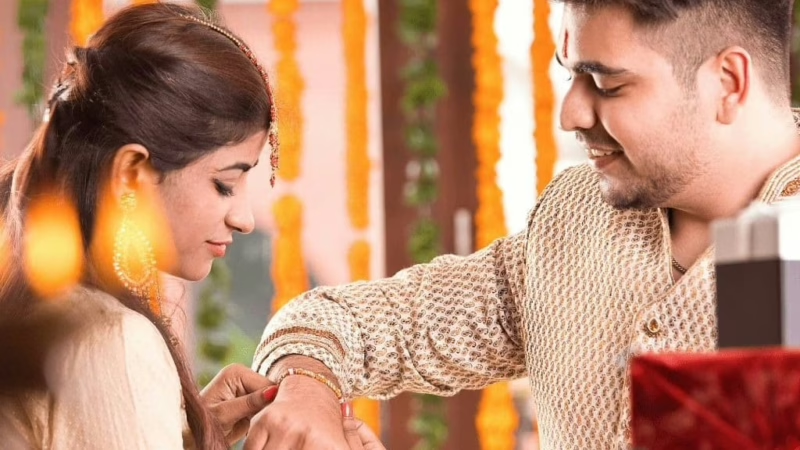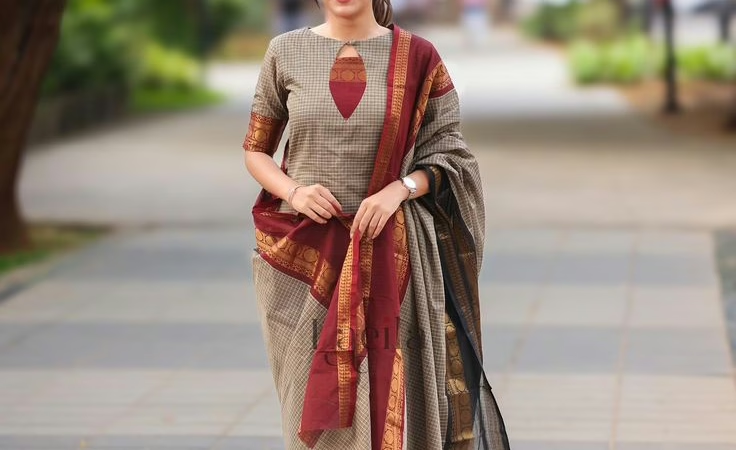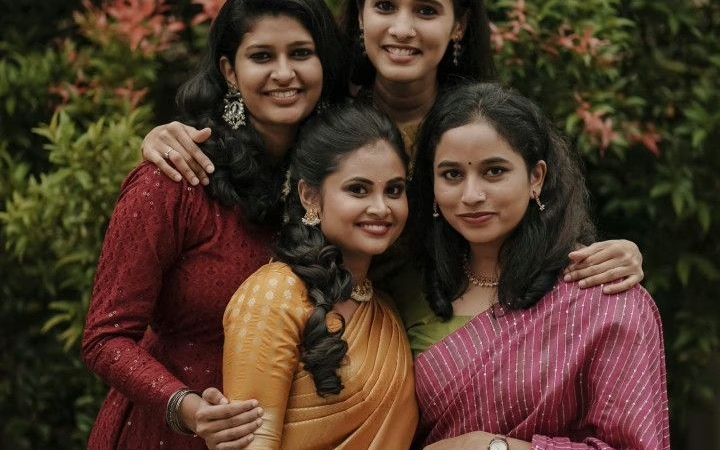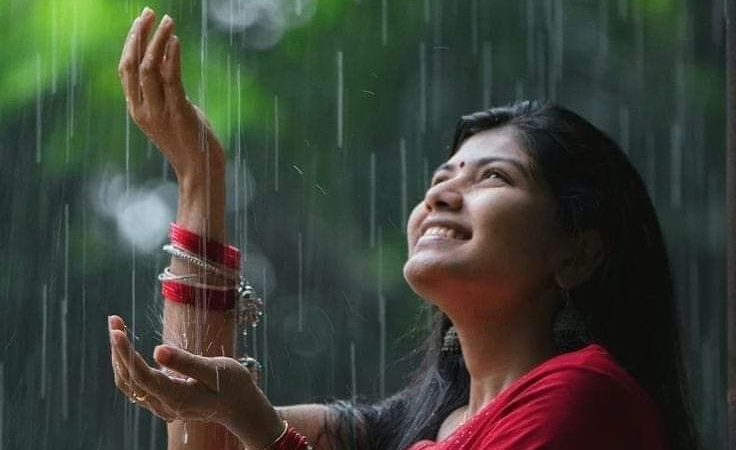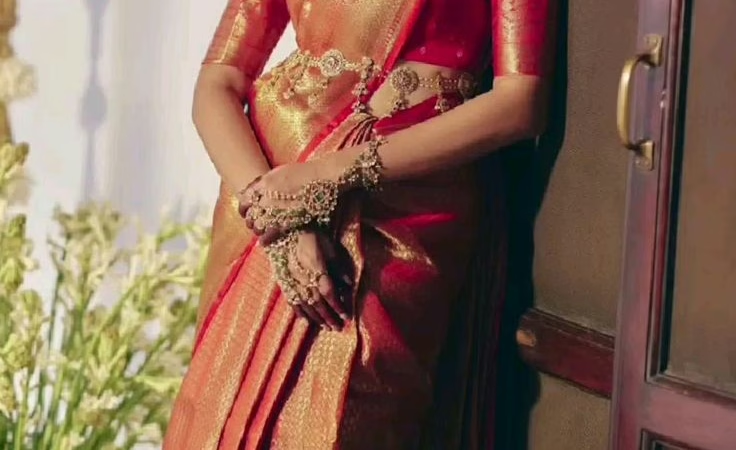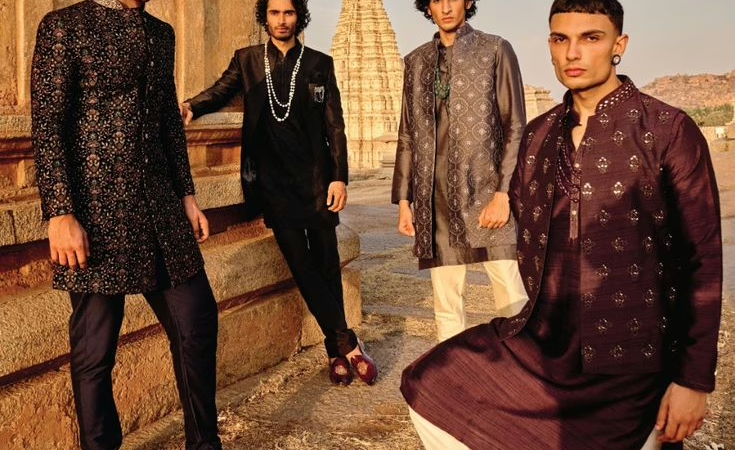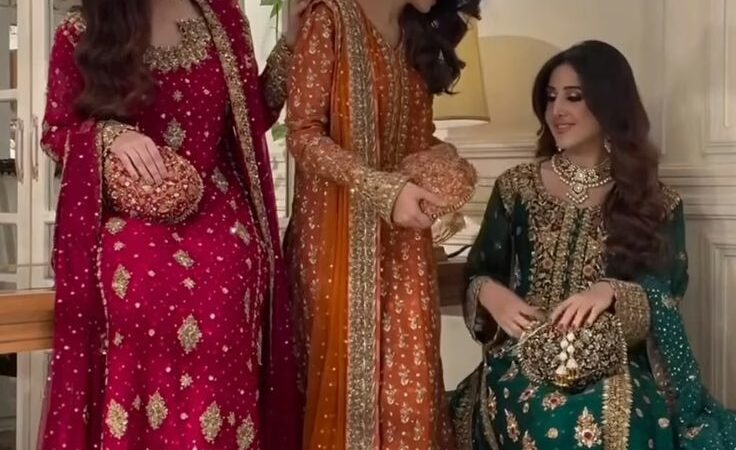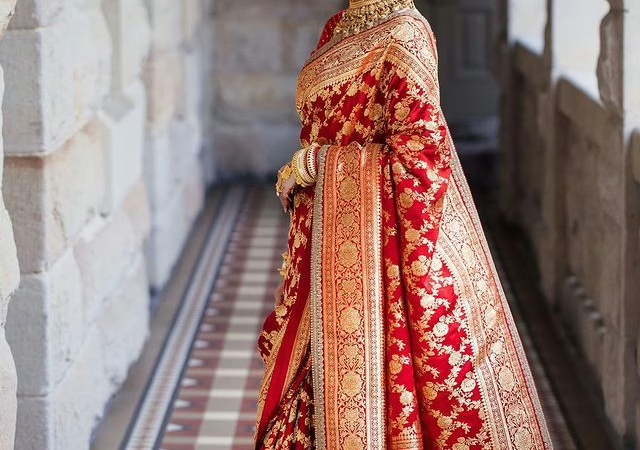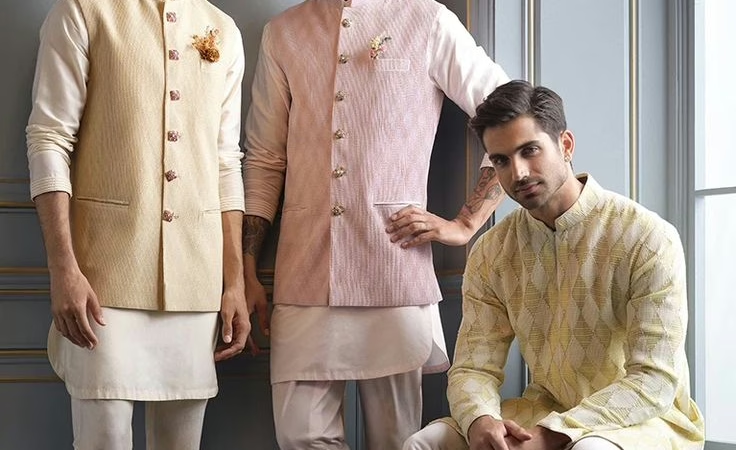Colorful and beautiful ghagras have a special place when it comes to Indian festivals. Right from energetically dancing in a Gabra dandiya spin to lighting diyas on Diwali night, they are comfortable, graceful and add charm to every festive occasion. If you are an Indian woman and wish to grab the limelight of the event, choosing the right festive wear is essential and you can never go wrong with a colorful ghagra!
Raksha Bandhan is a special day for brothers and sisters across India. It is dedicated to the sacred bond they share with each other for life. On this day, sisters tie a thread (called Rakhi) on their wrists of their brothers praying for their long and healthy life. Brothers take a vow to protect their sisters for life and the day is marked with loads of celebrations, sweets and food.
Let’s discover the sustainable fashion revolution of India’s handspun Khadi fabric with a timeless charm and heritage.
Indian ethnic wear is evergreen and timeless. From elegant sarees to sophisticated Anarkalis, it integrates grace with tradition. However, with some knowledge styling your outfits according to your body type elevates your look from normal to outstanding. Whether you are a small petite lady or a bit on the extra side, this guide gives some simple body-positive style tips to boost your best features and confidence. So, lets dive in to flaunt your individual style with immense pride-
The monsoon has finally arrived and so has the thrills of revamping your ethnic wear wardrobe. The raining season does not mean you need to dress up drab and dull. This year in 2025, Indian ethnic wear for women is…
Authentic Kanjeevaram sarees are expensive, so there are many fake versions being sold in the market. If you’re keen on getting a genuine saree for yourself, you must know the ways on how to spot a real from a fake. This post will walk you through 8 steps to identify authentic kanjeevaram sarees for your wardrobe.
Explore and flaunt the top ethnic wear trends for men in 2025 to turn heads at every festival you visit. Grab the latest trends and styles in Indo-Western fusion wear, pastel kurtas, statement accessories, Nehru jackets, and more in this post to help you stay comfortable yet stylish all the year round!
Indian ethnic wear is widely sought after for its incredible versatility, elegance, and timeless style. There are multiple fabrics, styles, and silhouettes to choose from and at times this choice does become overwhelming for women with different body shapes. Selecting the correct outfit that complements your body shape can be complicated, but we’ve got you covered with today’s post
Indian ethnic wear is always in vogue emitting rich colorful vibes and exquisite style. In 2025, the timeless appeal and charm of classical ethnic wear still reigns over festivals, weddings and wardrobes. If you are someone who loves to flaunt traditional fashion or has a flair for heritage wear with a modern twist wherever you go, this post is definitely for you
Ethnic wear men’s kurtas have evolved in the recent years and are fast catching on in the traditional fashion world. Gone are the days when men had to settle for a dull white or faded beige for any traditional function or event.

